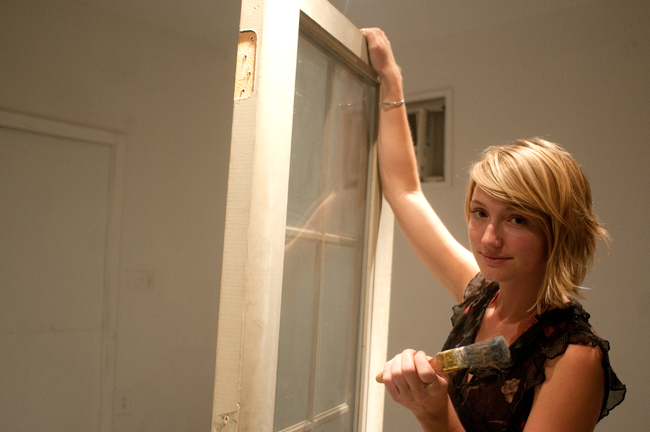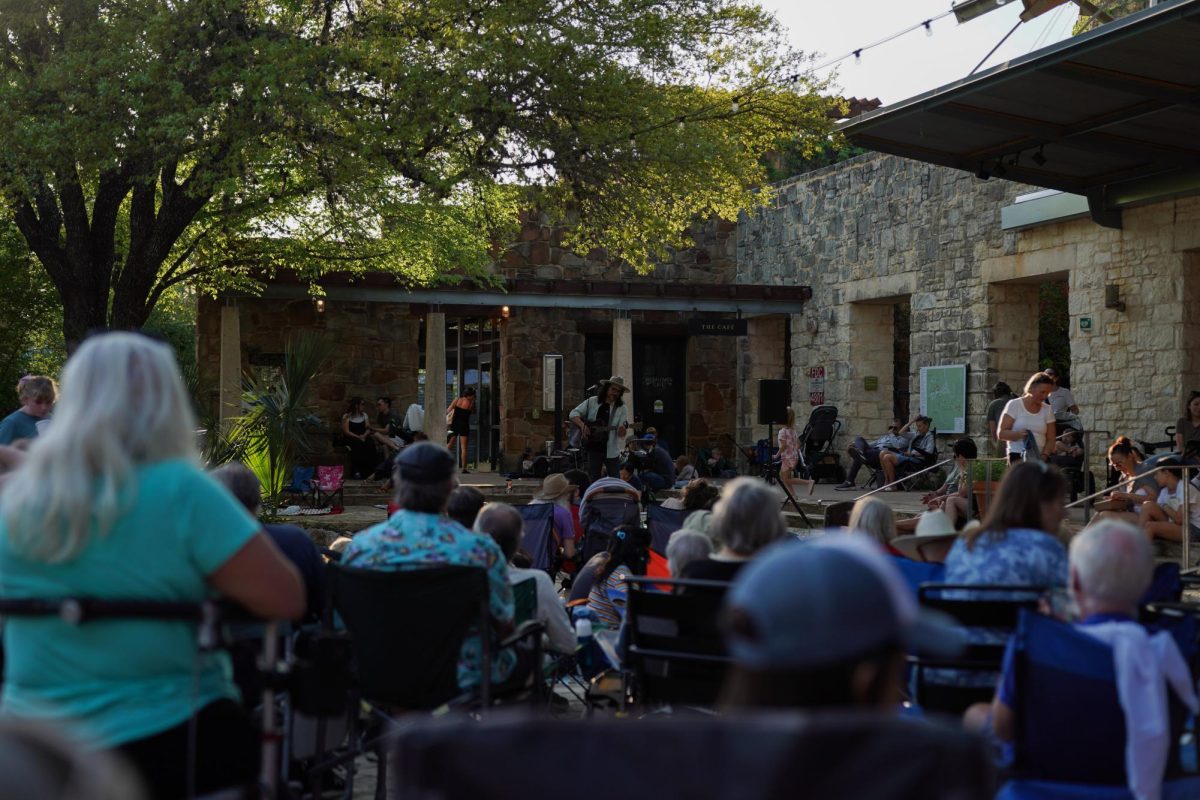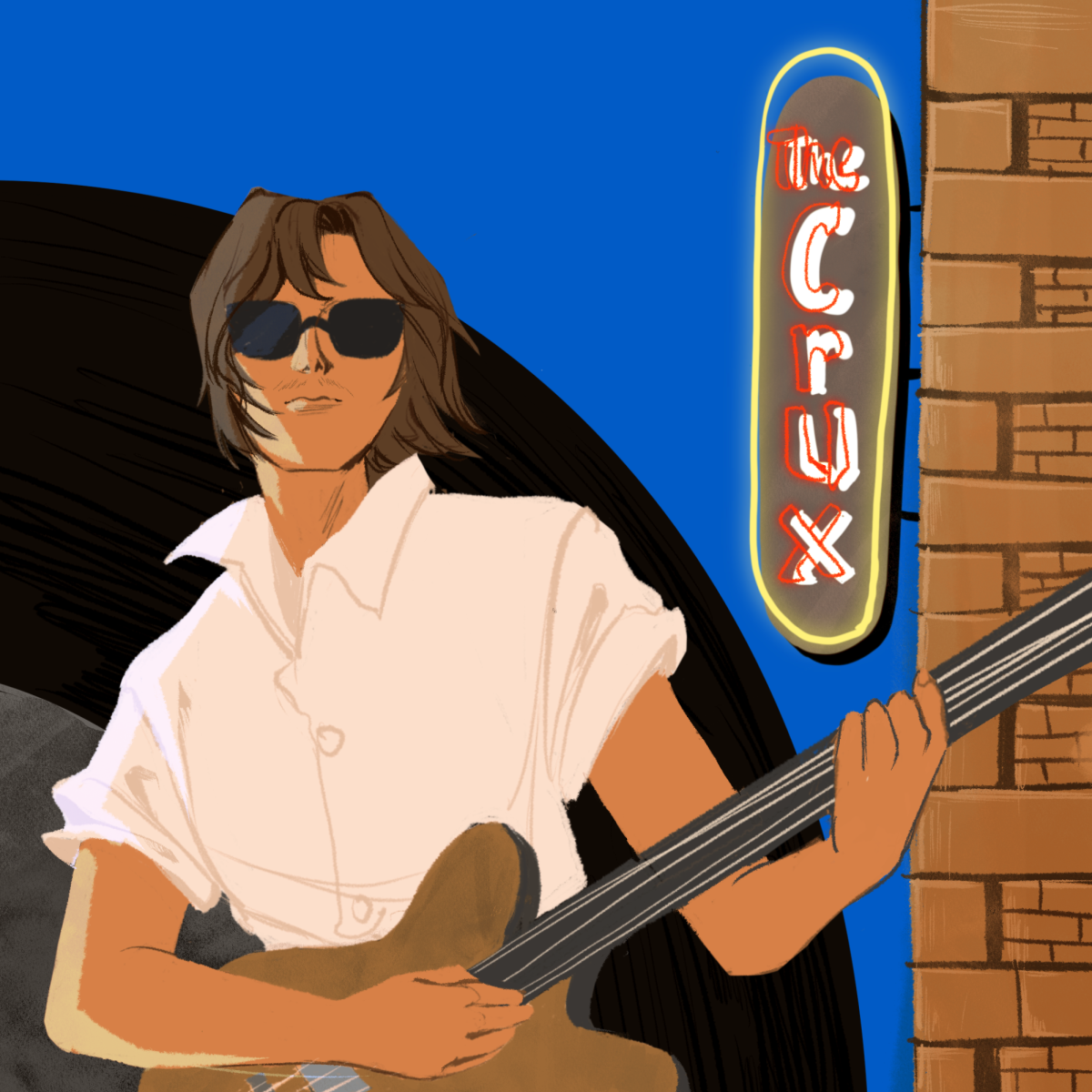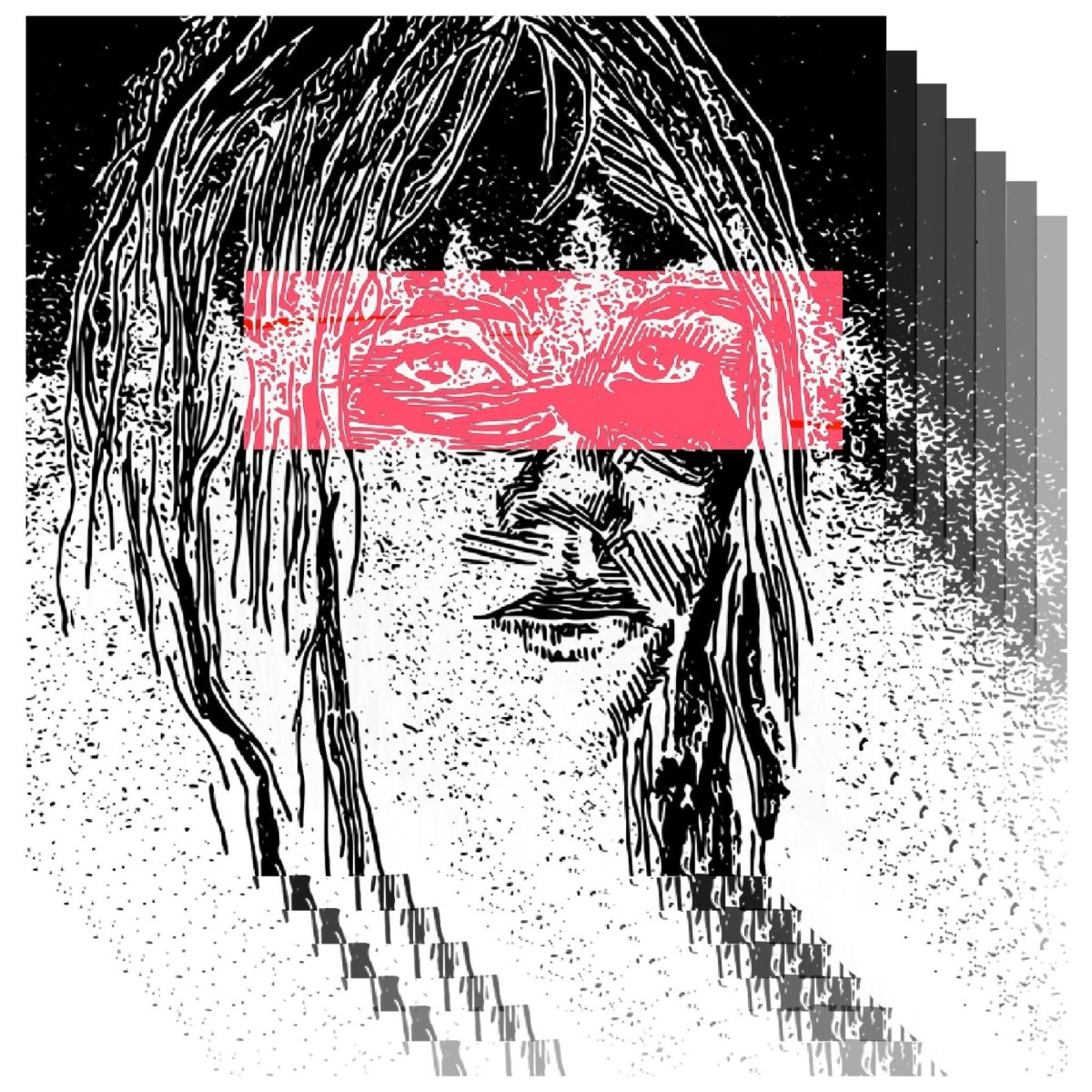Artists, dancers and musicians will be surrounded by audience members who have the rare opportunity to observe art from an unconventional perspective. Classical Reinvention’s “Paint.Play.Plié.” performance will combine different art forms in an interdisciplinary portrayal of classical music. Rather than utilizing a stage, the performances will occur on a single flat plane. Classical Reinvention founder and president Jacqueline Perrin says she focuses on developing a new way for classical music to engage audiences.
“I’ve learned that audiences are really receptive when they realize that you are trying to reach out to them. Audiences are way smarter than we ever give them credit for, but a lot of classical musicians that I know think of the audience as our enemy in the way of our art,” Perrin said. “No, they are real human beings, and you should probably cater to them like they are human beings.”
Perrin was originally inspired to start the organization after watching years of unengaging performances.
“I started this organization two years ago because I’m sick of what I like to call ‘sit down, shut up’ concerts. I’ve been exposed to this art form and I love it so much, but the way it is performed makes it really difficult to enjoy,” Perrin said. “My goal through this organization is to make classical music more accessible to people.”
Perrin incorporates different modes of expression and performance into her shows. In “Paint.Play.Plié.” the performers will dance or paint to live classical music. The twist is that all the performances will be improvised.
“Improvisation is interesting, because it should inform how you experience the work. What you are listening to now could easily be different. If you were to listen to the exact same thing five minutes earlier, it would be different,” Perrin said. “It’s extremely exciting, and the communication is the most interesting aspect, because everyone needs to be nonverbally communicating at all times in order for it to be a cohesive piece. Watching the communication transpire on stage is so elegant.”
Lucy Kerr, a dance and philosophy senior, will be improvising a contemporary dance to a percussion piece and a Haydn piece. Looking for a more emotional dance form, Kerr branched out from traditional ballet and modern dance. Improvisation allows her to feel the music and relate that experience to her audience. All genres of dance can be improvised, but Kerr focuses on modern and contemporary styles.
“There’s something about modern dance and contemporary dance. There’s a lot of dynamic, and there’s a virtuosic kind of power to it,” Kerr said. “It tries to communicate ideas that contribute to society and the human condition. But sometimes it’s just about the dancing.”
While improvisation may be more nerve-racking for the artists, it allows the audience to experience the creation of the piece.
“It’s all performance; the piece only exists while the piece is playing,” sculptor Randi Mabry, a studio art senior, said. “After it ends you have the remnants of it. For me, I don’t really see that [finished piece] as a piece in itself. For me, it’s the act of painting while the music is playing.”
By allowing the audience to see visual art being impulsively made, Mabry said she is pushing the traditional definitions of performance art. Generally, visual art is developed over time and with precision. Mabry normally creates sculptures that are abstract and conceptual.
“I like abstract art because its emphasis is on process and not product. I could spend anywhere up to 10 hours on one painting and not get bored,” Mabry said.
“It takes a life of its own. In realistic painting, you have one ideal image and the process of it leading up to the art.”
Rather than developing the ideas behind her art, Mabry experiences a new sensation every time she paints to music. The music directs her art.
“Improvisational painting differs, because I have an auditory structure to it,” Mabry said. “In listening to music, I listen to the rhythm like the staccatos. The brush strokes reflect the rhythm, and usually the colors of the paint that I use will be reflective of the music itself. “
Perrin said that Classical Reinvention is part of a movement to modernize classical music instead of confining audiences to the typical performance setting. The challenge comes from attempting to please both longtime patrons and progressives.
“These aren’t gimmicks, and they aren’t an attempt to dumb it down. They enhance and enrich and show classical music from different perspectives so that you go away with more than you would have normally.”





















